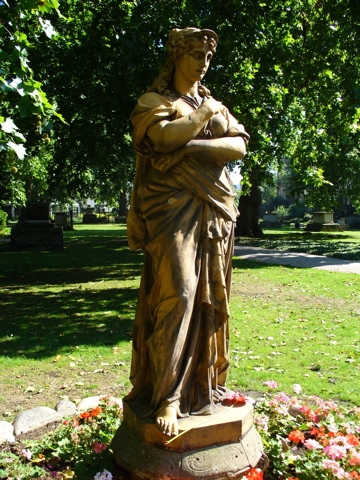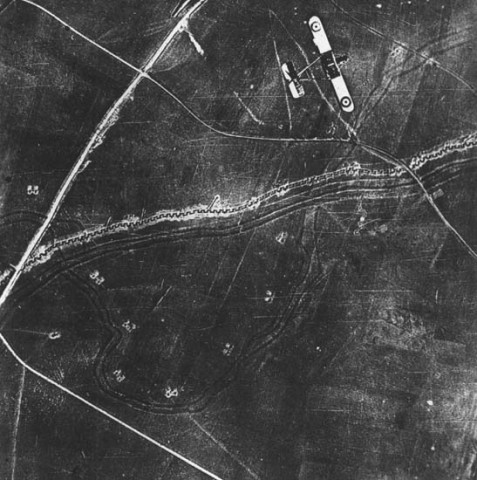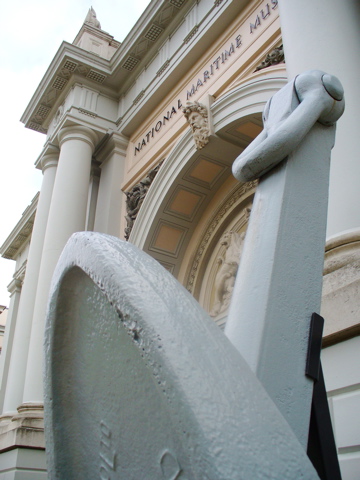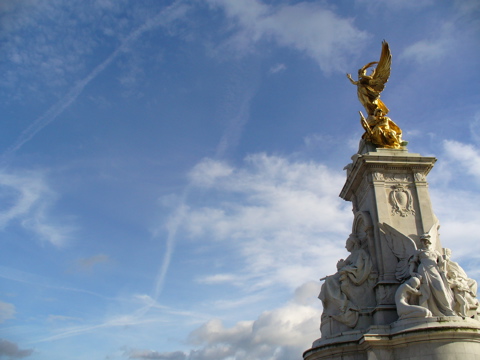Bloomsbury
I’ve nearly finished with my long series of London posts, but I’ve got a couple more before I recount my travels in the provinces. This one is about Bloomsbury, my home for two months in the (northern) summer of 2007; I really took to it. I’ve written about some of Bloomsbury’s sights before (Charles Fort’s […]





